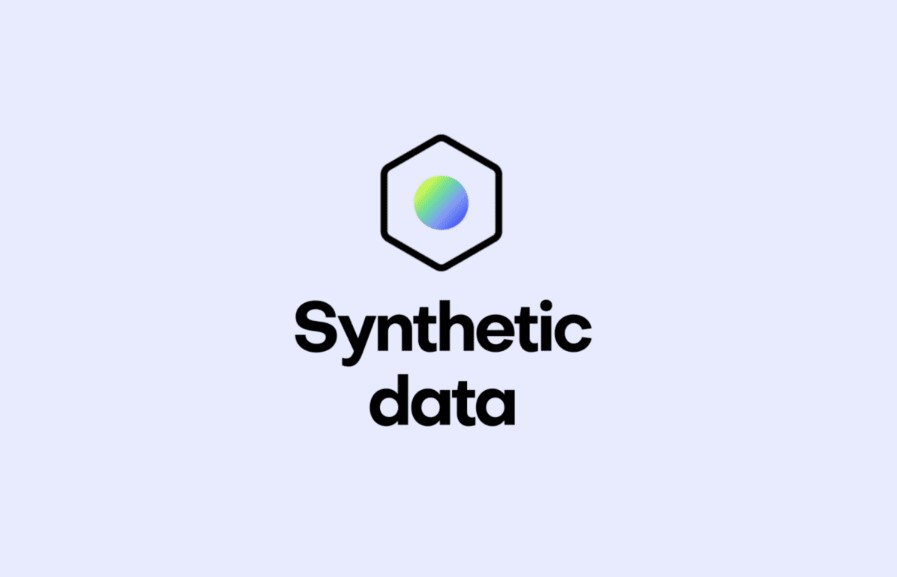The future of synthetic data generation is promising and likely to see significant growth and innovation in various fields. Several trends and developments are expected to shape the future of synthetic data:
-
Advancements in Generative Models: Generative models like GANs (Generative Adversarial Networks) and VAEs (Variational Autoencoders) are expected to become even more sophisticated, capable of generating increasingly realistic and high-quality synthetic data. This will enable broader adoption across industries.
-
Privacy-Preserving Solutions: With growing concerns about data privacy and stricter regulations, the demand for privacy-preserving synthetic data generation methods will increase. These methods will ensure that synthetic data is not re-identifiable and does not compromise individual privacy.
-
Customization and Personalization: Synthetic data generation will become more tailored to specific use cases and industries. Customized synthetic data will be designed to closely mimic the characteristics and features of the data required for particular applications.
-
Domain-Specific Solutions: Synthetic data generation tools and techniques will be developed for specific domains, such as healthcare, finance, and autonomous vehicles. These solutions will address the unique challenges and requirements of each domain.
-
Data Augmentation and Enrichment: Synthetic data will continue to be used for data augmentation, helping improve the performance of machine learning models, especially in scenarios where real data is limited or expensive to collect.
-
Simulation and Training: The use of synthetic data for training AI systems and simulations will expand, particularly in industries like robotics, autonomous vehicles, and virtual reality, where safe and controlled environments are necessary.
-
Validation and Testing: Synthetic data will play a crucial role in testing and validating AI models and systems under a wide range of scenarios, including edge cases and rare events.
-
Interdisciplinary Applications: Synthetic data will increasingly be used at the intersection of different fields, such as healthcare and AI, finance and data science, and gaming and computer graphics, to create innovative solutions and products.
-
Ethical Considerations: There will be ongoing discussions and research into the ethical implications of synthetic data generation, including potential biases introduced by synthetic data and the responsible use of synthetic data in AI applications.
-
Standardization and Benchmarking: As synthetic data generation becomes more prevalent, there will be efforts to standardize evaluation metrics and benchmark datasets to ensure the quality and reliability of synthetic data.
-
Education and Research: Synthetic data generation will become an integral part of data science and machine learning education and research, with more resources and tools available to students and researchers.
Overall, the future of synthetic data is likely to be characterized by increased sophistication, customization, and responsible use. As the demand for data-driven solutions continues to grow, synthetic data will play a pivotal role in addressing data-related challenges, enabling innovation, and advancing the development of AI and machine learning technologies.

